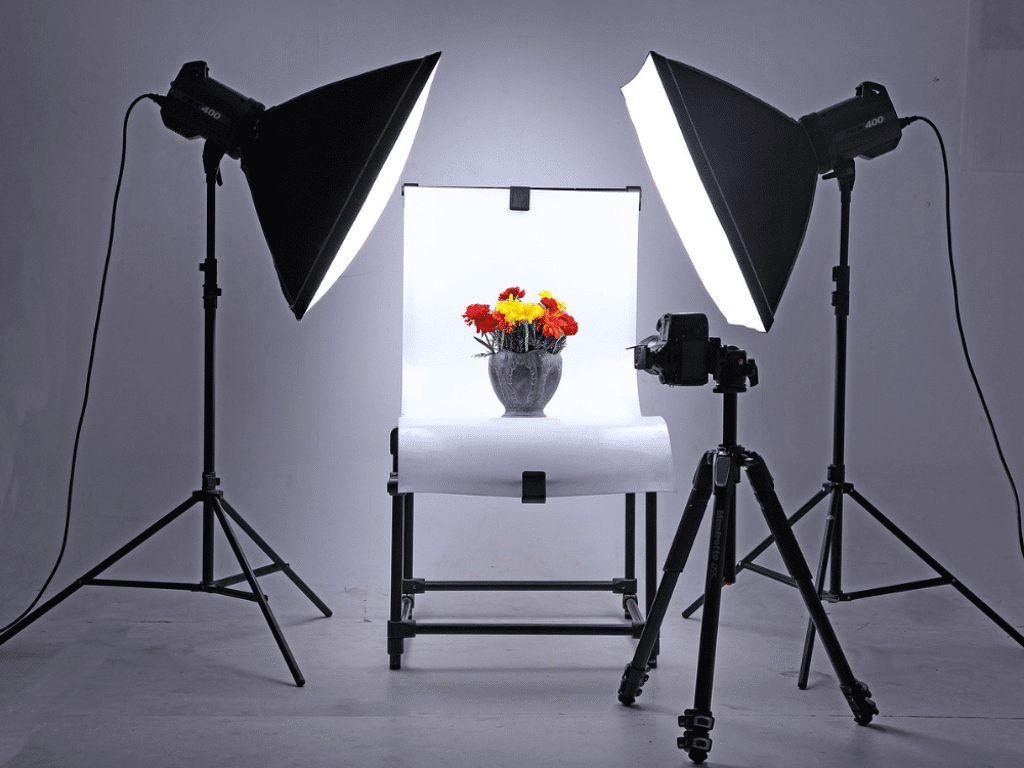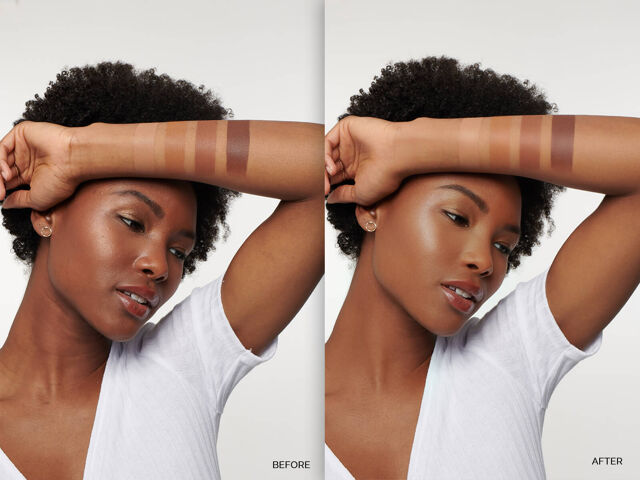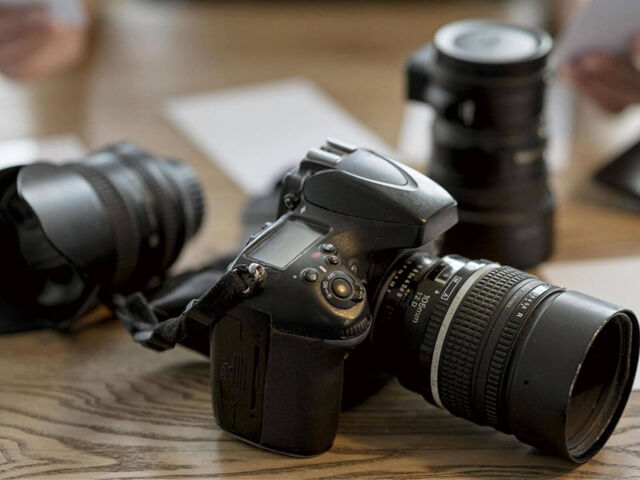
Product photography is essential for placing your product across online channels, but you need to ensure the quality of the image, composition, focus, and lighting is excellent. How else do you think you’ll make a good first impression on your customers and have them come back again and again?
There’s no easy way to learn to avoid mistakes with photography lights or image editing, and most product photographers will have to make them understand. Still, this article will highlight some of the most common mistakes to avoid with your product photography.
Mistake 1: Using auto camera settings
Nothing is worse in product photography than having an inaccurate outcome. Your potential customers will want to see exactly how the product looks in real life, and by leaving your camera settings to chance, there is a high risk of getting misleading lighting and coloring.
To make sure your product photography will be as close to reality as possible, we recommend shooting in manual mode and adjusting the white balance according to your photography light sources.
Using manual mode, you unlock your camera’s advanced options, allowing you to expose and capture the subject correctly. Check your camera’s exposure indicator and adjust shutter speed, f/stop, and ISO to get the best results.
Mistake 2: Poor lighting setup
Getting the photography lighting right from the start is critical - not just for product photography, but generally speaking. If you don’t get the lighting right, there is not much left you can do to enhance it through post-processing services, so you might end up having to shoot again.
To avoid any significant lighting mistakes, try to use similar light sources (never mix a fluorescent light source with a warm light source, for instance), as different lights require slightly different white balance settings.
Combining them will give you or the person in charge of image editing unnecessary headaches.
If you need to photograph small products, a lightbox is a small investment that will make a big difference. Natural light is also lovely, but it will change from one hour to the other, thus making it complicated if you have several different products you want to shoot.
Always try to balance light, brightness, highlights, and shadows for the best results.

Mistake 3: Lack of consistency
Change is good, sometimes. But regarding product photography, too much change can confuse your potential customers. The basic product photography should be kept simple and consistent to create a good experience for the buyer.
For example, if you use a white background, use it across all types of products and categories and make sure the color doesn’t differ. Just pick a style and stick to it - it’s tough to go wrong this way. Consistency should be a guiding principle in product photography - cropping, coloring, white balance, photo retouching, composition, distance, and focus.
If you want to add dynamic to your product photographs, create a separate lifestyle photo shoot outside of the studio and show your product in action.
Mistake 4: Having a distracting background
You want your product to stand out, right? Then keep the background clean and simple. Avoid unnecessary objects or intricate patterns as they distract attention and make the product photograph look cheap. Avoid overcomplicating your product photos by adding too many things to the picture, as this dilutes the message you want to communicate.
Background and well-picked props can enhance product photographs, but when done poorly, they end up in significant product photography fails. Do you think it’s a coincidence that Amazon has a rule that the main product photo should have a plain white background?
Think twice!
Always ask yourself what props are necessary, and try to have one or a maximum of two focal points.
Keep it simple; your product photographs and retouching will be on point.

Mistake 5: Lack of diversity
Another common mistake is shooting the product from only one angle. Having a variety of angles can better showcase quality, detail, and fabric and convince your customer that the product is right for them. Or not. Avoid this mistake by shooting from many angles while keeping the focal length and white background consistent.
Having at least 3-5 shots per product is ideal, as it gives you a better chance of converting an e-commerce visitor into buying clients. The helpful rule to remember is that products that fit in the premium category are expected to have more images per item.
Mistake 6: Not using a tripod might backfire
Product photography is usually done for a series of items that will be featured on e-commerce, so, as stated before, consistency is essential. You will want to place the objects in the same spot, on the same white background and shoot from the same distance, and for this, you will need a tripod.
The tripod will also come in handy when using a shutter delay so that you don’t touch the camera when the photo is being taken to avoid getting a blurry result. A small movement might result in a blurry product photo which can’t be adjusted during the photo retouching, so you might have to shoot again.
Mistake 7: Skipping the image editing bit
Image editing or post-processing services are essential in product photography. Photo retouching can uplift mediocre images or ruin them through over-editing, so balance is key. Of course, that doesn’t mean you have to compromise during the shooting because even the most exceptional retouching expert can’t fix a poorly done image. But, some flaws can be corrected to make the images look perfect.
This is a step when white background spots or skin blemishes can remove, and exposure, white balance, and colors can be perfected within limits. Don’t even think about skipping this step, as your customers will closely analyze every detail of the product photo before buying, so this is not the place to make savings. If you don’t have the time or skill to do image editing, find a professional post-processing service that will do it for you.

Closing thoughts
On your learning curve in product photography, you will surely make your own mistakes. Don’t be afraid to ask for help, talk to other photographers or outsource some parts of the process to a professional. The more you work in product photography, the higher your experience and the better results you will achieve.
Check out our product photography work and get in touch with our team of photo retouching experts to get the best solution for your e-commerce business.




